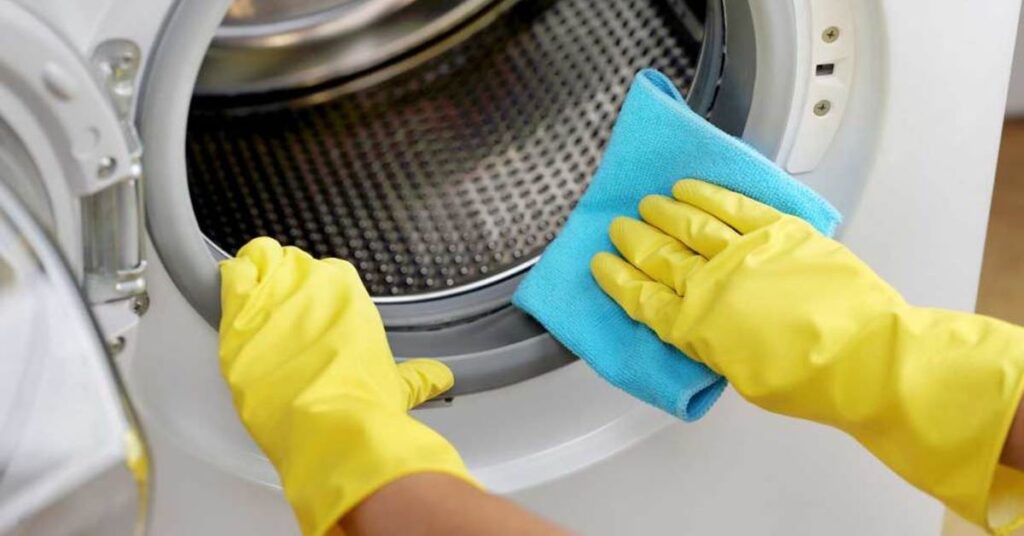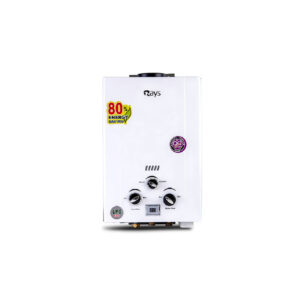The ease and simplicity of washing clothes have increased with the amount of technological innovation. The process of hand washing clothes involves scrubbing and rinsing dry dirty clothes. The entire process can be very time-consuming and exhausting. For housewives and housekeepers, the electric washing machine has been a godsend because it has not only saved them a ton of time and effort on this laborious task but also improved their health.
Despite the fact that your washing machine cleans clothes, towels, and other household linens, it will also require some cleaning from time to time. You will eventually realize that your washing machine isn’t performing well. Lint begins to emerge, the clean-o-meter is extremely low overall, and it’s possible that the stains won’t go away. When all of these symptoms occur, your washer probably requires a thorough deep cleaning. This article will demonstrate how to thoroughly clean a washing machine so that you can take advantage of a more effective and better-performing washing machine.
What is the best way to clean a Washing Machine, Vinegar, or Bleach?

While both vinegar and bleach are capable of cleaning washing machines, it’s crucial to never attempt to use both at once! When vinegar and bleach are combined, a chemical reaction occurs that results in the production of poisonous gases. When it comes to cleaning your washing machine, sticking with bleach is the best option if you’re seeking a rapid, thorough clean. On the other hand, vinegar is more eco-friendly.
A little water and bleach can work miracles! The sole drawback is discoloration if used in excess; however, it is excellent for cleaning surfaces. Run the cycle for 5 minutes using only 1/4 cup of bleach for every cup of water. Vinegar is the most accessible option that everyone has in their homes for people who are hesitant to use bleaching solutions and worry that it can affect colored garments. Since vinegar is a staple household item and is inexpensive to purchase in all supermarkets, it is also the most economical option. Pour two cups of vinegar directly into the detergent drawer of your washing machine to employ it in the cleaning process. Then, with the drum empty, run the hottest cycle possible.
Clean Your Front-Loading Washer Effectively

Mold and mildew can grow quickly inside front-load washing machines, especially in rubber seals. Cleaning a front-load washer doesn’t have to be challenging or time-consuming. These straightforward techniques can do the task fast and successfully. Before beginning, make sure there is no clothing still inside.
- Remove the washer door gasket so that you can see the interior. “The gasket is the rubber ring that runs along the opening of your washer’s drum”. Mold and odors can grow easily within your machine due to soap and water residue in the rubber gasket and the heated climate there. Once a month, thoroughly clean the gasket. Add 1 cup of bleach to your machine’s empty tub, then run a hot cycle to eliminate the mildew. Run one or two hot rinse-only cycles once the cycle is finished to clean the machine and get rid of the bleach odor. Check for things (like pins, coins, and hair) between the rubbers after pulling back the gasket. If you operate the washing machine, sharp objects stuck in the gasket could harm it and the machine itself.
- The drum needs to be cleaned next. Simply pour two cups of white vinegar into the detergent dispenser, followed by one-third cup of baking soda in the washing drum, which is all that is required. Run a full clean cycle in hot water to get rid of musty mold and mildew.
- Clean the detergent dispenser panel by removing it. Remove the panel from the detergent dispenser and dunk it in warm water. The panel should be taken off and cleaned with an all-purpose cleanser. Put it back in place after giving it a good wipe.
- Finish by using a moist cloth to clean the machine’s exterior and controls. Your appliance is now clean from the inside and out. It is very important for you to use the right detergent when cleaning your front-loading washer and to remove your laundry as soon as it is done.
The Best Way to Clean Your Top-Loading Washer

A washing machine with a drum on top is referred to as a top-loading machine. Although this type of washing machine is typically less expensive than others, it does have certain drawbacks. The fact that top loader washing machines require more effort to clean than front loaders is one of its noteworthy drawbacks. Although top-loading washing machines are less likely to develop mildew in the door gasket than front loaders are, they still require routine cleaning and maintenance to keep them operating well.
- As previously stated, make sure there are no items of clothing inside before starting. Choose the self-clean cycle if your top-loading washer has one. Otherwise, set your washing machine for the longest cycle, the heaviest load, and the hottest water possible. Wait for the machine to fill before starting the cycle. Add 2 cups of white vinegar to the water when the machine is full but before it begins to stir. Run the machine empty with hot water and around 2 cups of white vinegar to get rid of mold and mildew odors, as well as a buildup of soap and fabric residue. Instead of vinegar, you may use 1 cup of bleach, but bleach might harm rubber gaskets.
- Slide the detergent dispenser off gently, and then soak it in warm, soapy water. Scrub it thoroughly to remove any remaining residue.
- Additionally, clean the interior of the drawer. Scrub the inside and edge of the machine door with warm, soapy water. Wipe the top of your washing machine’s agitator if it has one. Because water typically drips down, these areas will be less dirty. After that, rinse with water.
- Remember to take care of your machines outside. Use a damp microfiber cloth to wipe its controls and the remainder of its body to get rid of dirt, grime, and laundry product drips.
- Using a liquid laundry detergent with bleach is one approach to keep your top-loading washer clean and free of mold and mildew. As a result, less frequent washing will be required, as the clothes will stay hygienic for longer periods.

















